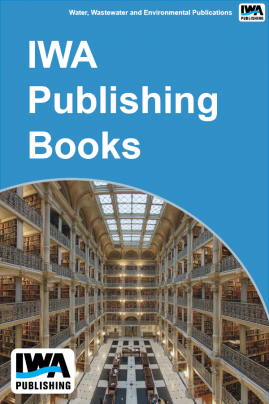 |
Assessing the Fate of Emerging Pathogens in Biosolids
Assessing the Fate of Emerging Pathogens in Biosolids

This report is available as a pay-per-view item only.
The US federal rule that regulates the land application of biosolids, 40CFR Part 503, requires that the materials meet certain microbiological standards prior to application. For unrestricted use (Class A), these standards are based on a combination of treatment standards and indicator bacteria limits (i.e., fecal coliform bacteria) or a single pathogenic bacterium, Salmonella. Class B biosolids, which have undergone treatment processes to reduce, but not eliminate, pathogens can also be used in land application programs if specified access and use limitations are observed. Since this regulation was developed, a number of pathogenic microorganisms have emerged as being of potential public health concern. However, data on their fate in biosolids treatment processing as well as their ability to survive and be transported in the environment after land application is lacking. Thus, there are questions about potential health hazards associated with the land application of biosolids.
The purpose of this project was to conduct research on the fate of emerging pathogens during biosolids treatment and subsequent application on land. The specific objectives of this research were to: 1) assess the fate of several emerging pathogens (e.g., adenoviruses, hepatitis A virus, E. coli O157:H7, Listeria, and Cryptosporidium) during Class A and Class B biosolids treatment processes; 2) based on the results of 1, assess the fate and transport of the most significant organisms in biosolids applied to soil columns; and 3) assess the potential for selected pathogens to survive and be transported at a field site.
Publication Date: 30/09/2007eISBN: 9781843397618Pages: 160 |
Print:
|